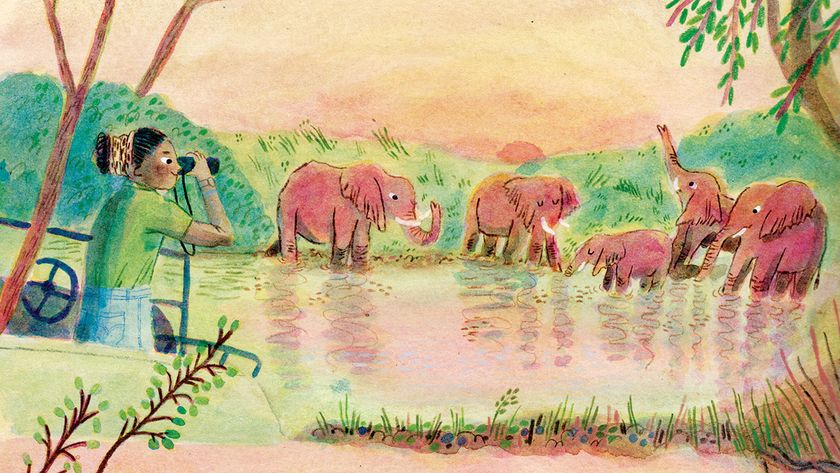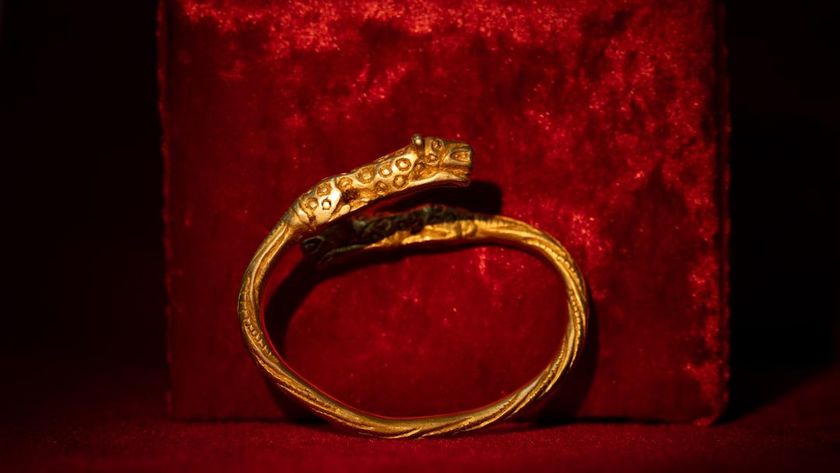Elephant-Nosed Fish Has Funky Eyes, Too
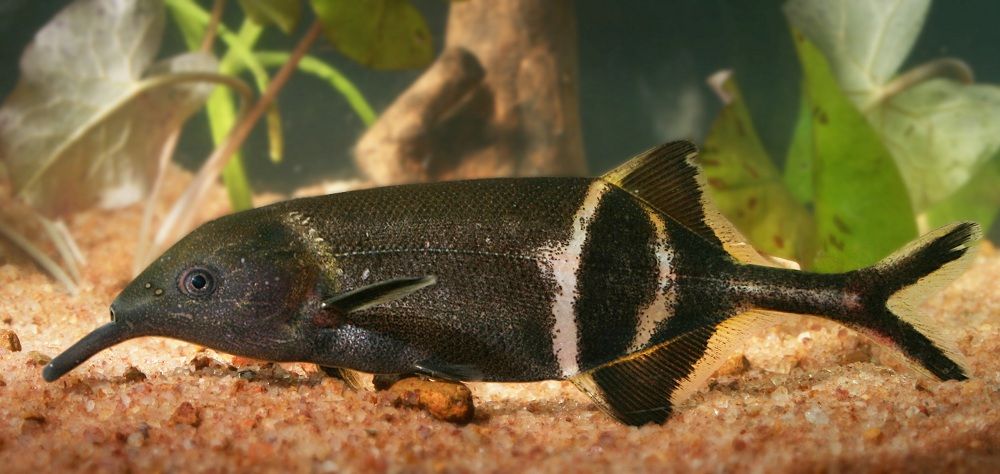
An unusual eye structure helps the strange-looking elephantnose fish see in their dim and murky habitat, a new study suggests.
These fish live in muddy rivers in central and west Africa, which are full of plant matter, mud and gas bubbles, even when it's light out. Living in such murky waters, the fish uses its trunk-like mouth extension (from which it gets its name) to sense electrical currents created by other fish.
"They were thought to be blind until a few years ago," study researcher Andreas Reichenbach, of Leipzig University in Germany, told LiveScience. When researchers got around to looking in these fishes' eyes, "it was a little bit of a surprise because its retina was very unusual."
Seeing red
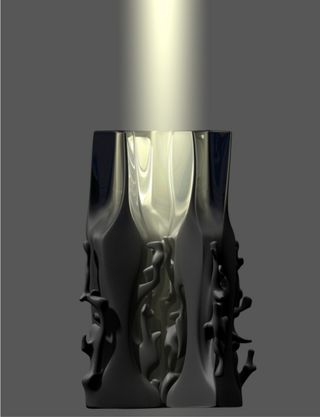
The researchers studied this fish's unique retina under the microscope, where they could see the hundreds of cup-shaped proteins and light-sensing cells. They used the information to make a mathematical simulation of how light would act inside each "cup." They even compared the elephantnose fish's eyesight to that of the goldfish, which doesn't have this cup structure and sees fairly well. [Vision Quiz: What Can Animals See?]
function reload_quiz_ads(){ reloadScripts(null, ['ad_imgBoard', 'ad_imgViewer']); }
Light that comes into the eye is detected by special light-detecting cells called rods and cones. The cones are able to interpret the color of light, while the rods are better at detecting fine details.
Sign up for the Live Science daily newsletter now
Get the world’s most fascinating discoveries delivered straight to your inbox.
The researchers saw that the elephantnose fish has only red-sensing cones, because red is the only wavelength of light that can penetrate these murky waters. Most of the blue and green light from the sun doesn't even make it a few centimeters down.
In the cup, four layers of plates of light-reflecting proteins act as mirrors, funneling red light from a large area into a small space where the cones are, intensifying its brightness 10-fold. The rods are hidden behind this cup structure and get hit by any other light that passes into the eye — and because they are more sensitive than the cones, they can still send signals to the brain.
Forest or trees?
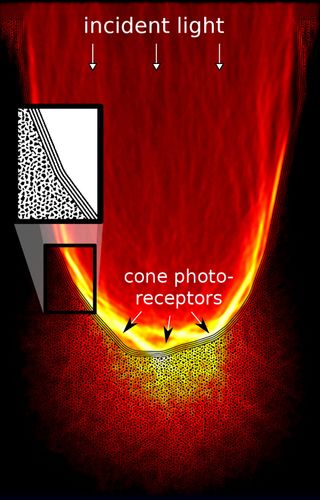
The researchers say that this weird eye structure actually makes their vision less detailed, which, surprisingly, makes them see better because they don't get distracted by the fine details in the water around them.
One comparable example would be trying to see something in the distance when you are in the middle of a snowstorm, or the old saying "can't see the forest for the trees."
The fish don't focus on the small details like gas bubbles or sediment in the water around them. Instead, the cups let them see large, moving objects, like the potato fish that eat them. Their vision is more reliable than the goldfish's when detecting large objects that are moving through murky waters, the researchers found.
"That's the advantage the retina brings to the fish," Reichenbach told LiveScience. "If you or a hawk with the excellent eyesight would be where the fish live you would see virtually nothing, but the fish can detect what they need to see."
The study is detailed in the June 29 issue of the journal Science.
Follow Jennifer Welsh on Twitter @microbelover or LiveScience @livescience. We're also on Facebook & Google+.
Jennifer Welsh is a Connecticut-based science writer and editor and a regular contributor to Live Science. She also has several years of bench work in cancer research and anti-viral drug discovery under her belt. She has previously written for Science News, VerywellHealth, The Scientist, Discover Magazine, WIRED Science, and Business Insider.
Most Popular



